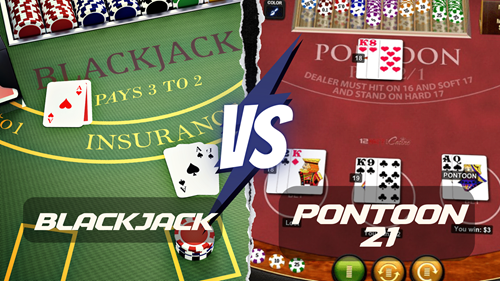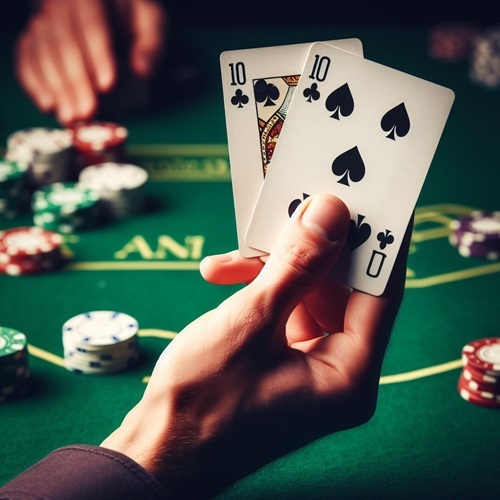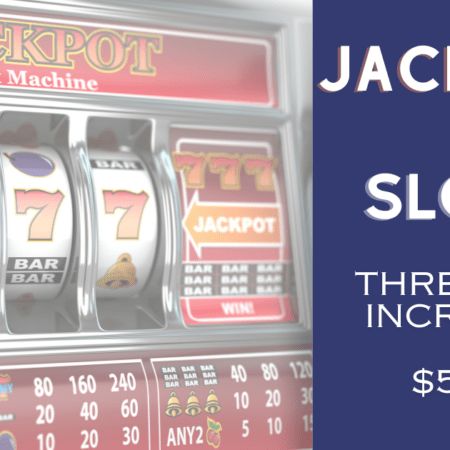Delving into the comparison of Pontoon 21 vs Blackjack sparks a lively discussion among seasoned card enthusiasts. Despite the striking similarities, these games boast unique elements that distinguish one from the other.
Premium online casinos frequently showcase both Pontoon and Blackjack, providing players the opportunity to explore and determine their preferences. Experiencing each game firsthand proves invaluable in unravelling the nuances.
Understanding the distinctions in advance empowers you for optimal gameplay. Continue reading to uncover the parallels and divergences between Pontoon and Blackjack, along with recommendations on where to engage in each game online, allowing you to test your skills.

What Constitutes Pontoon 21?
If your casino experiences have been confined to the US, the likelihood is high that Pontoon has eluded you. This card game gained utmost popularity in the UK, with blackjack reigning supreme on US casino tables.
Both Pontoon 21 and Blackjack trace their roots back to the original Vingt-Un, or 21, explaining the extensive overlap in rules and terminology. Nevertheless, nuanced distinctions exist, influencing the gameplay significantly. If you’re eager to play Pontoon, delving into Pontoon rules becomes crucial for a well-informed gaming experience.
Comparing Pontoon 21 vs Blackjack
Navigating the decision between the two becomes challenging due to their striking similarities. Both games utilize the identical 52-card deck, and the objective is to achieve a score of 21, with matching card values.
Utilization of a 52-Card Deck
In both Pontoon 21 and Blackjack, the gameplay revolves around the same 52-card deck. Depending on the specific variant, multiple decks may come into play. Single-deck variations are also prevalent and widely enjoyed.
The presence of multiple decks poses challenges for players employing basic strategy and attempting to understand the house edge. Managing a higher number of cards becomes increasingly intricate, impacting the strategic choices of blackjack players.
However, the use of multiple decks has its advantages. It introduces more 10-point cards, enhancing strategic possibilities in both Pontoon 21 and Blackjack. Additionally, it accommodates a larger number of players in the game.
Identical Initial Hand Size
Another shared aspect between Blackjack and Pontoon is the consistent starting-hand size. In both games, players commence the round with two cards, one face-down and the other face-up.
This commonality extends to the starting hand rankings, with even some blackjack terms holding the same significance in Pontoon.
For instance, obtaining an Ace and a ten-point card in your initial hand is referred to as a natural in Blackjack. The same terminology applies in Pontoon, and such a hand results in an automatic win in both games, barring the dealer having a natural.
Additionally, specific elements like the card trick, where cards remain face, and the concept of hand pays are integral to both Blackjack and Pontoon.
Striving for 21 Points
As previously mentioned, the shared goal in both Blackjack and Pontoon remains consistent. The objective is to achieve the highest score possible without surpassing 21. While both games offer the option to halt before reaching 21, stopping too early is not ideal.
This is because, apart from getting close to 21, your ultimate goal is to outscore the dealer. Even without hitting 21 points, victory is attainable by surpassing the dealer’s score.
Interestingly, prevailing over the dealer often doesn’t necessitate reaching 21 points. Hands with scores of 19 or 20 points frequently prove sufficient for success. However, the farther you are from 21, the higher the likelihood that the dealer might surpass your hand. These principles hold true across various blackjack variants, catering to the preferences of Pontoon players.
Uniform Card Values
Another shared aspect is that both Pontoon and Blackjack adhere to identical point values for every card. Face cards carry a value of 10 points, and an Ace can be counted as either 11 or one point.
The consistent use of these point values facilitates a seamless transition for Blackjack players delving into Pontoon and vice versa. Strategies employed in one game are generally transferable to the other. All that’s required is a minor adjustment to your system to accommodate the few distinctions between Pontoon 21 and Blackjack.

Pontoon 21 vs Blackjack Differences
While similarities abound between Blackjack and Pontoon, it’s crucial to note their non-identical nature. Here are key distinctions to consider before transitioning between the two games.
Payout Odds Variation
Blackjack commonly features 3:2 payout odds for a natural, while Pontoon opts for 2:1. This influences both potential winnings and the game’s house edge.
Five-Card Trick Advantage
In Blackjack, a 3:2 payout is exclusive to naturals. Pontoon, however, rewards a 2:1 payout for a natural or a five-card trick, adding a unique strategic element to the game.
Double Down Distinctions
While both Blackjack and Pontoon offer options like doubling down, Pontoon provides more chances to bet on your hands compared to Blackjack. In Pontoon, you can double down even after receiving extra cards, enhancing strategic decisions.
Tie Rules Variation
In Blackjack, ties often allow players to recoup their stakes. Conversely, in Pontoon, the dealer automatically wins all ties, creating a unique dynamic where achieving 21 points may not secure a win. Despite this, Pontoon maintains a lower house edge than many Blackjack variations.
Dealer’s Card Placement
Pontoon players face a disadvantage as both of the dealer’s cards are dealt face-down, eliminating the insight gained from one face-up card in Blackjack. This absence also removes the option for insurance bets in Pontoon. The dealer checks for a natural, but players can’t protect themselves through insurance wagers.

I hold the prestigious role of Head of Content at Best United States Casinos, where I lead the charge in content creation and strategy. Fueled by my profound passion for casinos and backed by years of industry experience, I am a powerhouse of knowledge. My dedication shines through in my mission to craft captivating and informative content that resonates with casino enthusiasts across the globe. Whether it’s uncovering the latest trends or diving into the nuances of gameplay, I am committed to delivering top-notch content that keeps audiences engaged and informed.








